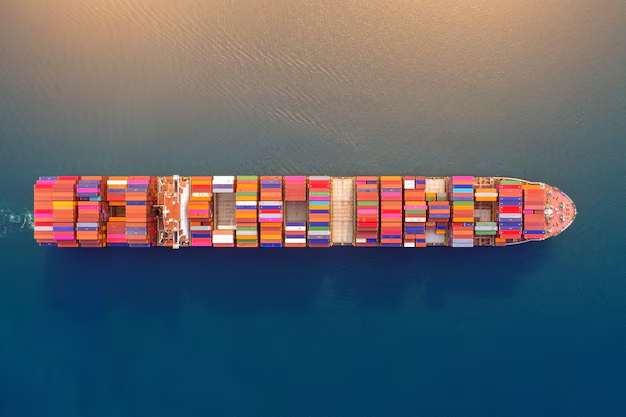
Table of Contents
Ocean freight is a primary means of transportation and is even more significant in the global trade system.
It refers to the physical movement of goods from one region of the globe to another by using oceans and seas, and these involve a vast network of manufacturers, suppliers and consumers.
This shipping option is mostly embraced due to its low costs and ability to transport many consignments. With the recent trend of widening the scope of operations and going international businesses, they need to understand the benefits of freight.
The need to develop effective transport solutions arose as the world began to journey towards trade.
Ocean not only brings into motion the services of liquid bulk transportation but also construction goods and products; depending on the order and the type of goods, transport orders include construction materials, groceries, and other types.
It provides a rational solution to the problem of air freight and cuts down the carbon footprint by up to substantial amounts. Besides, there are many different types of ships and containers for various kinds of freight, such as perishables, machines or dangerous goods.
Given the current focus on freight, attributed to greening options, ocean freight is being sought more.
This thorough guide provides comprehensive international shipping advantages from the ocean and the most challenging challenges, starting with the most important questions that business people and individuals are likely to have.
What are The Benefits of Ocean Freight Cheaper?
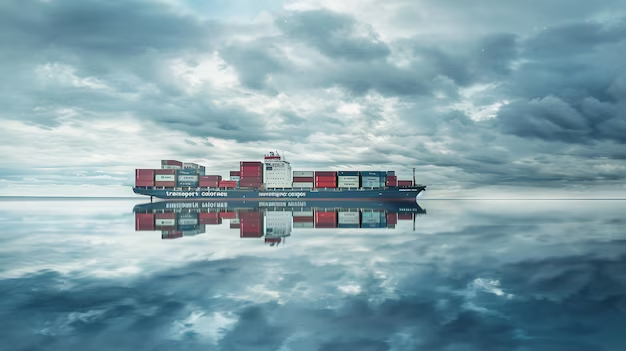
Cost-saving features are a highlight of ocean shipping services, which can even go head-to-head with air freight. Companies can transport bulky items over ocean sea routes, and as such, they take advantage of economies of scale, and the price per unit turns out to be low.
Ocean rates are more appealing than air freight, so they help companies cut costs that may otherwise eat into their profits. In addition, most ocean freight services use commonly used or standard pricing methods.
This encourages shippers to choose the most favorable and affordable packages for their shipping time frames.
Besides, the capacity to carry a substantial amount of cargo means that these companies can combine loads, leading to reduced shipping costs.
Additionally, shipping over the ocean reduces costs that would have been incurred in leasing warehouses where goods would have been stored awaiting distribution to the customer or the customer’s factory.
Water transport involves longer transit durations than air freight; however, business management can prepare in advance, which will be more profitable. Hence, ocean freight becomes appealing to most companies due to the ease of operation concerning trade.
How does ocean freight change delivery schedules?

Although ocean by freight is not the fastest available shipment method, it is the best means of transporting goods over a long distance.
The transportation period differs due to the distance, the shipping route(s) used, or the port congestion. Yet, these cycles do not span from days to a few weeks.
This thus means they need to be catered for in advance as shipping over longer distances may cause delays in shipment, which could be unsatisfactory to clients and hamper their inventory control systems.
The other risk of ocean freight is the long shipping duration; however, there are inherent benefits that will prove helpful in alleviating these problems.
For example, shipping times are usually set, and timelines are followed, thus helping businesses manage their supply chains effectively.
Besides, those businesses deal with large volumes of goods in a single transportation cycle at times; therefore, they do not have to keep reordering goods if they are low on stocks.
In addition, with the help of tracking devices and other state-of-the-art logistic management system technologies, visibility and communication between carriers and shippers have helped companies keep track of their cargo.
Although other factors may favor a fast means of shipment, ocean freight is reliable, has great capacity, and is suitable for matters concerning time and logistics within an organization.
What kinds of cargo are more conducive for ocean freight?
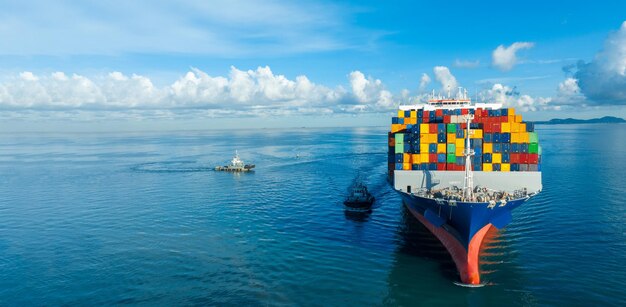
Ocean is flexible and can be employed in almost every sector; hence, different types of cargo can be transported. Due to the large transport volume, bulk goods such as raw materials, grains, and minerals are shipped mainly by ocean.
Further, ocean freight is well suited for transporting bulky industrial items such as machinery, equipment, and vehicles, which are expensive or difficult to transport by air.
Perishables, such as fruits and vegetables and seafood products, can be shipped through ocean freight but under refrigerated containers (reefers) to keep the temperature within the required limits.
Hence, these special containers enable fresh products during shipment, and distance is limited when marketing to other countries.
Additionally, ocean shipping optimally transports dangerous goods as most shipping companies have the necessary facilities for handling hazardous materials.
Following international policies and regulations, companies move dangerous materials and are confident in doing it properly.
How fast is ocean freight?
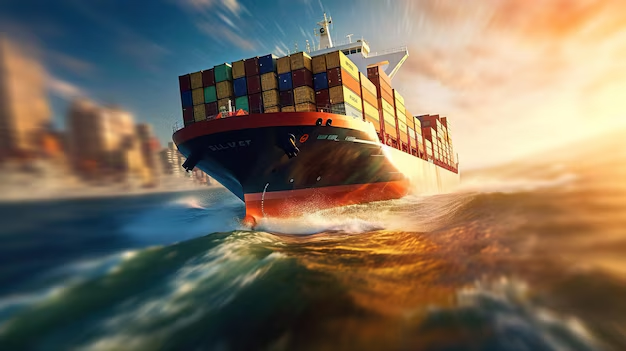
Compared to other means of transport, ocean freight is relatively slow. The reasons for this, transit times, are in the range of days to weeks and depend on several factors.
For ocean freight, the travel duration is influenced by the distance from the point of origin to the port of call, the available route, and other issues like the possible effects of port congestion on the journey.
On average, transoceanic shipments can take between 20 to 45 days. For instance, a shipment of goods from China to the United States spans about twenty to thirty days, whereas shipments to some countries in Europe, on average, take about forty to forty-five days.
Further factors influence ocean freight speed, including the adverse effects of weather, which may aggravate delays and border processing addresses.
The type of service selected does affect the transport duration, with express ocean shipping being able to cut down the duration but costs more.
Although ocean freight forwarding is not the quickest way of forwarding goods, it is the most economical and eco-friendly way of moving large amounts.
Ocean is ideal for transporting dry goods that are not urgently required, bulk products or commodities, and other non-perishable cargo.
Furthermore, the shipping tracking technology has improved, making such businesses track their mechanism and know the status of their goods in transit.
How does ocean freight measure up to the silent competition of sustainability?
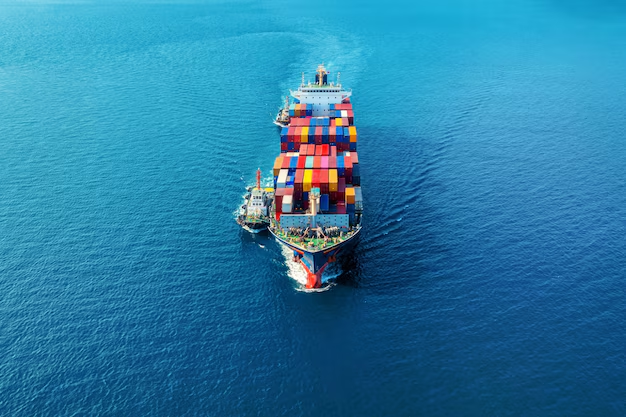
With the growing environmental concern, companies seek and develop eco-friendly shipping methods. Ocean transport is preferable to air transport as it achieves a remarkable reduction in emissions but tends to be more economical in emissions for every ton-mile transported.
It is more fuel-efficient to freight by ocean, which means less energy will be used; this helps the company to carry more products.
In addition, shipping companies are also beginning to go green as they incorporate some measures, such as using energy-efficient vessels and reducing wastage.
Slow-steaming boats and operating ships at reduced sailing speeds are other simple means of addressing emissions and improving operating efficiencies.
Additionally, freight by ocean helps Corporations cut down air freight used in making distance shipments and other emissions that go along with it.
This is very good since the companies will still use ocean freight for long-distance movements. This is where their logistics strategies and sustainability come together and create a good image for the business.
FAQ’s
What is ocean freight?
Ocean freight refers to transporting goods across oceans primarily utilizing cargo vessels for bulk cargo movement by sea.
What are the benefits of ocean freight?
freight is used because it is cheaper in cost, faster on time, bulky construction & pollution-free over distance.
What are the steps in ocean freight?
Ocean freight includes a series of tasks: cargo reservation, cargo packing into a container after loading, ocean transportation, and unloading the container at the destination port for final distribution.
How to do ocean freight?
For ocean freight, engage the services of a freight forwarder to book, pack, document, ship and arrange delivery of goods using sea lanes.
Conclusion
Ocean freight is important in international trade, as it is cost-effective, flexible, and environmentally friendly. Knowing such attributes, companies are better positioned to make shipping decisions that optimize their logistics.
When embraced, freight enables freight movement efficiently and facilitates greener trends in shipping.

